How To Find Legacy System Extensions
How to find legacy system extensions. Your Mac identifies these as legacy system extensions. Legacy System extensions are not related to 32-bit software. Most System Extensions can be found by accessing the LibrarySystemExtensions Directory.
Photos extensions installed on your Mac such as Markup. Or to put it another way an app you are using has its tentacles in. I tried searching the Mac App Store as well as Googling in general but extensions is such a general term that it produces far too many unrelated results and makes it difficult to find true system extensions.
Once you find them gather a list of all the developer names being presented to your end-users. However you can also use the systemextensionsctl list command in Terminal. Quick Look extensions installed on your Mac such as Mail.
In OS X extensions are incorporated throughout the system and can be controlled through a dedicated system preference panel. You can find the install location of a specific extension in the extensionsjson file in. In this article we want to talk about where you will see extensions throughout your OS X.
Legacy System Extension. Enterprise management of legacy system extensions in macOS. Some apps install kernel extensions which are a kind of system extension that work using older methods that arent as secure or reliable as modern alternatives.
Migration to 64-bit applications is needed because of an operating system limitation. Heres what you need to do. Starting in macOS 10154 released this week a warning will now appear when a kernel.
Your Mac identifies these as legacy system extensions. Figure out which Kernel Extensions are causing the alerts.
Legacy system extensions also known as kernel extensions or kexts execute in a highly privileged mode of the system.
Legacy System Extension. On a Mac with Apple silicon you may first need to use Startup Security Utility to set the security policy to Reduced Security and select the Allow user management of kernel extensions from identified developers checkbox. Your Mac identifies these as legacy system extensions. Quick Look extensions installed on your Mac such as Mail. Legacy system extensions also known as kernel extensions or kexts execute in a highly privileged mode of the system. Legacy System extensions are not related to 32-bit software. Its Location is on the next line. It cant co-exist with 32-bit legacy products. How can I find more applications and utilities that can be installed as extensions.
If you dont want your end-users to see the Legacy System Extensions Alerts you can prevent them by allowing relevant KEXTs via an MDM solution like Kandji. However if youre looking for the extensions mentioned by the OS dialogs warning you about their deprecation you can run the following in Terminal noting the lines beginning with Signed by. Legacy System Extension. As you enter the password there will be no visual indication in Terminal that you are typing. Its a sortable list so start with those not obtained from Apple. Or to put it another way an app you are using has its tentacles in. Most System Extensions can be found by accessing the LibrarySystemExtensions Directory.

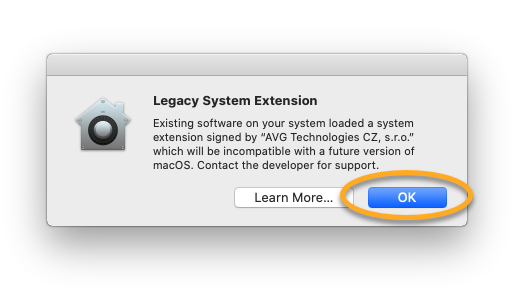


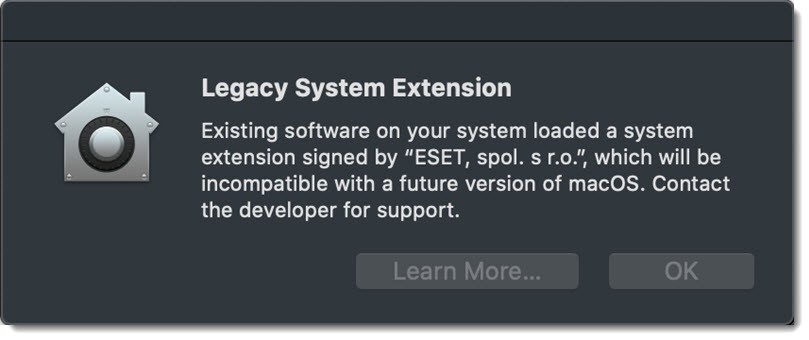

















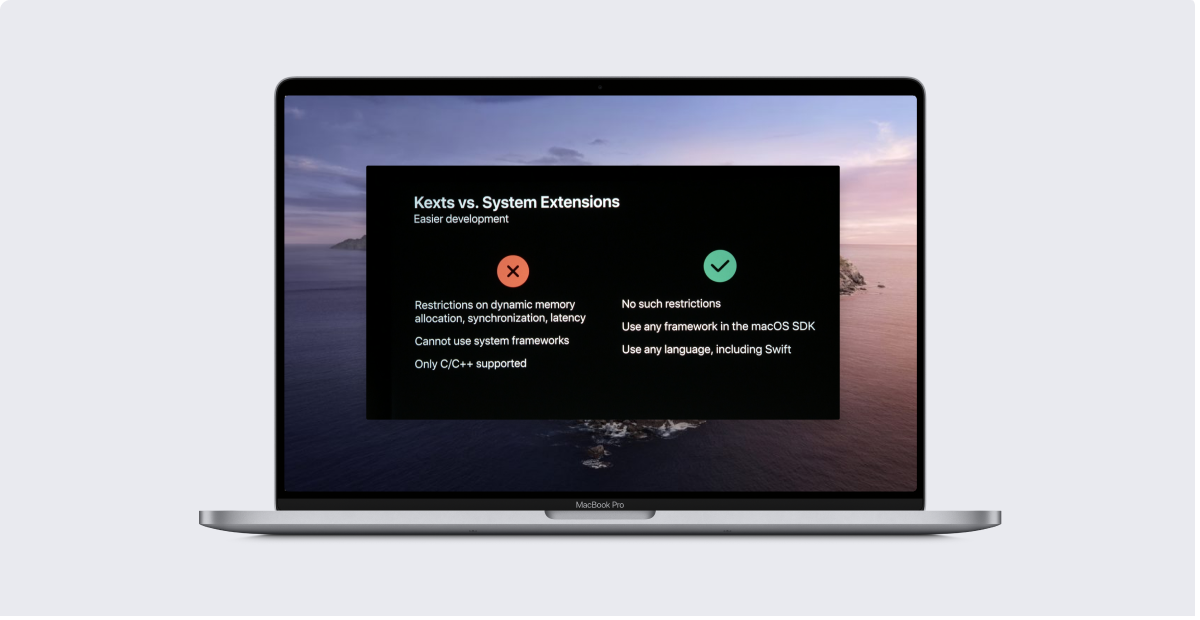


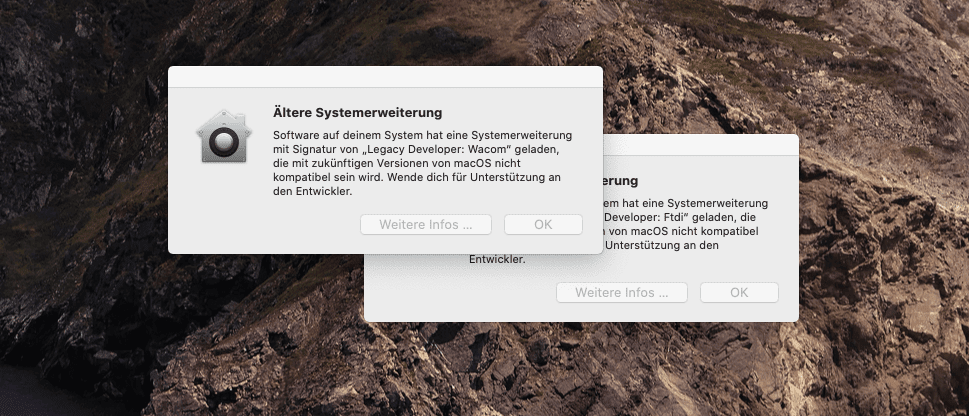




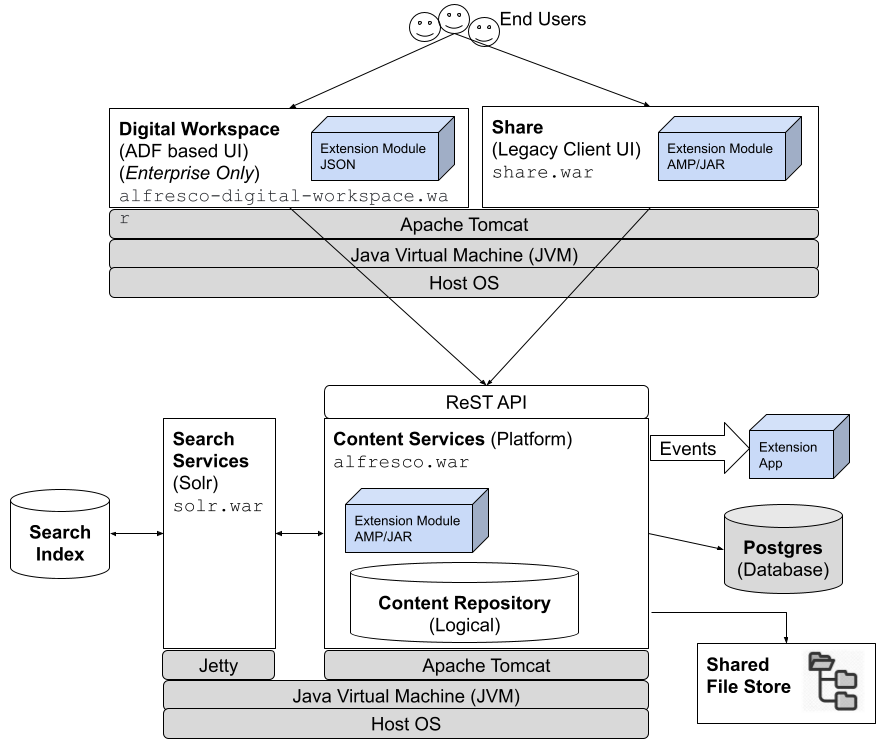




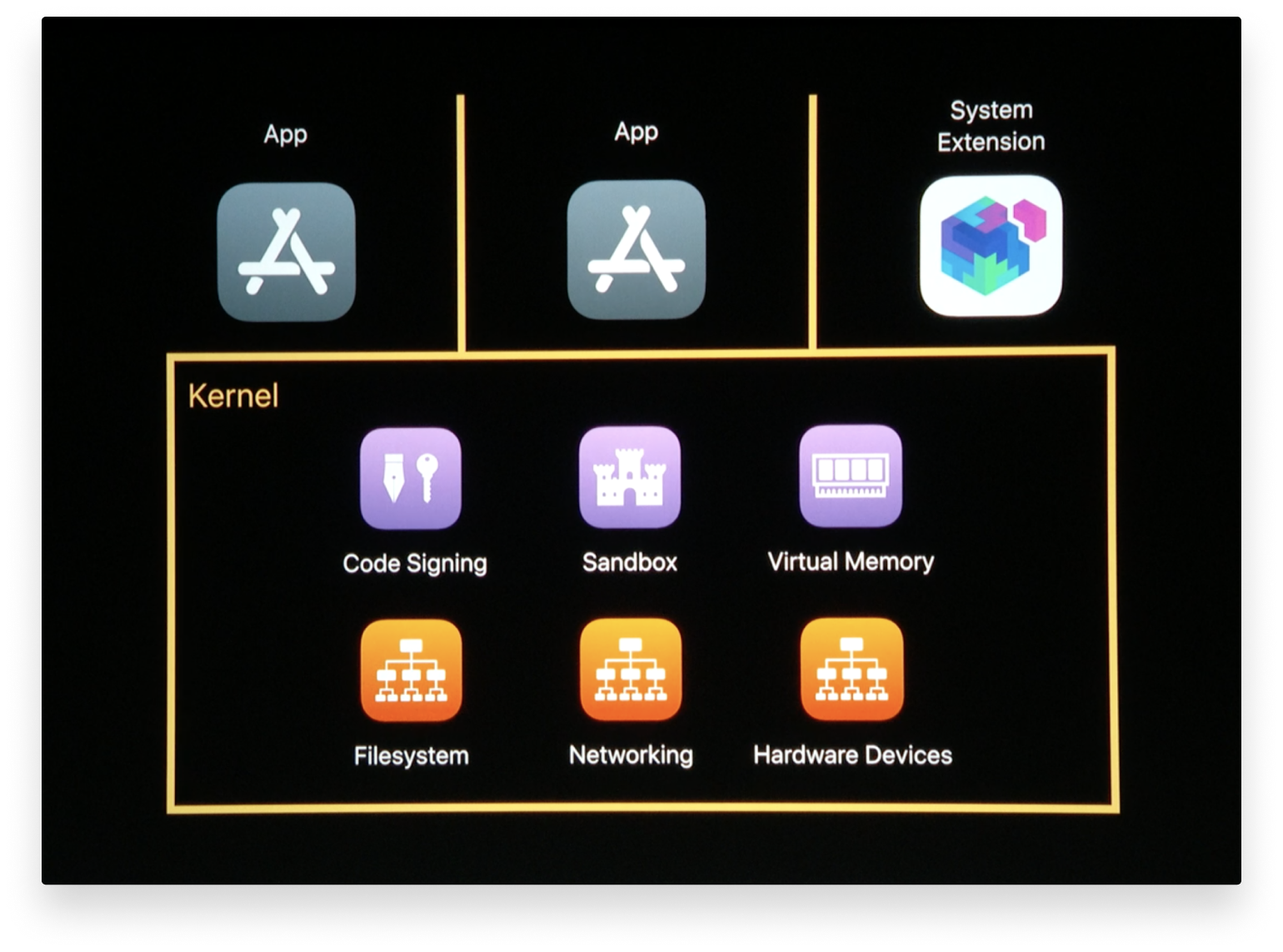






Post a Comment for "How To Find Legacy System Extensions"